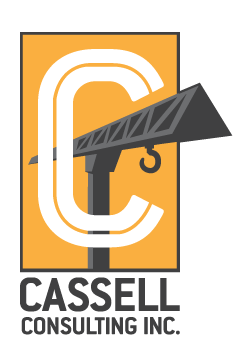Job Costing is the third crucial element in the “Golden Triangle” of Construction Operations: (Estimating / Project Management & Execution / Job Cost Accounting). We need to do all three extremely well in order to justify the risk we routinely take in the contracting business. For this article, I’m going to focus on the heart of that risk, self-performed labor. How well does your company account for what happens onsite? The answer is inexorably tied to our old friend and nemesis, level of detail. If cost codes are too high-level, (i.e., “concrete formwork” for a company that does a lot of it), you’re mixing oranges, apples, and likely squashes and rutabagas into a mix that becomes so bland that the individual important flavors are unrecognizable. In plain english, that information is useless because it covers too many different types of work, all with different productivity factors. If cost codes are too detailed, (i.e., “staking slab forms”, separate from “placing slab forms”, separate from “stripping slab forms”), you’re gathering minutiae, and even worse, placing the guys in the jobshack doing timesheets in the position of having to lie to you. Why’s that, you ask? Because they can’t possibly cost code to that low level of detail, and have any time for their day job, which is to do and/or supervise the work.
Once again, the correct level is a delicate balance. The following 2 factors are the ultimate test the cost codes must pass, in order to be useful:
- What’s the minimum management information that you need to run the job, and to ultimately plug back into future estimates?
- What’s the maximum level of detail that the field can produce ACCURATELY?
Reconciling these 2 conflicting requirements takes soul-searching, careful planning, and training, training, training. It’s up to us as managers to provide the field with the understanding, tools, and training to get us this information accurately. We need the field supervision’s buy-in if we expect to get quality data. To get that is typically a lot of work, but it’s worth it. It’s imperative to get that critical information to know what’s really happening on the site, and to be able to accurately compare that to our estimates. This is one of my company’s most important roles as consultants, defining and refining standard job cost codes. Let us know if you think your company’s cost codes need some tweaking.




